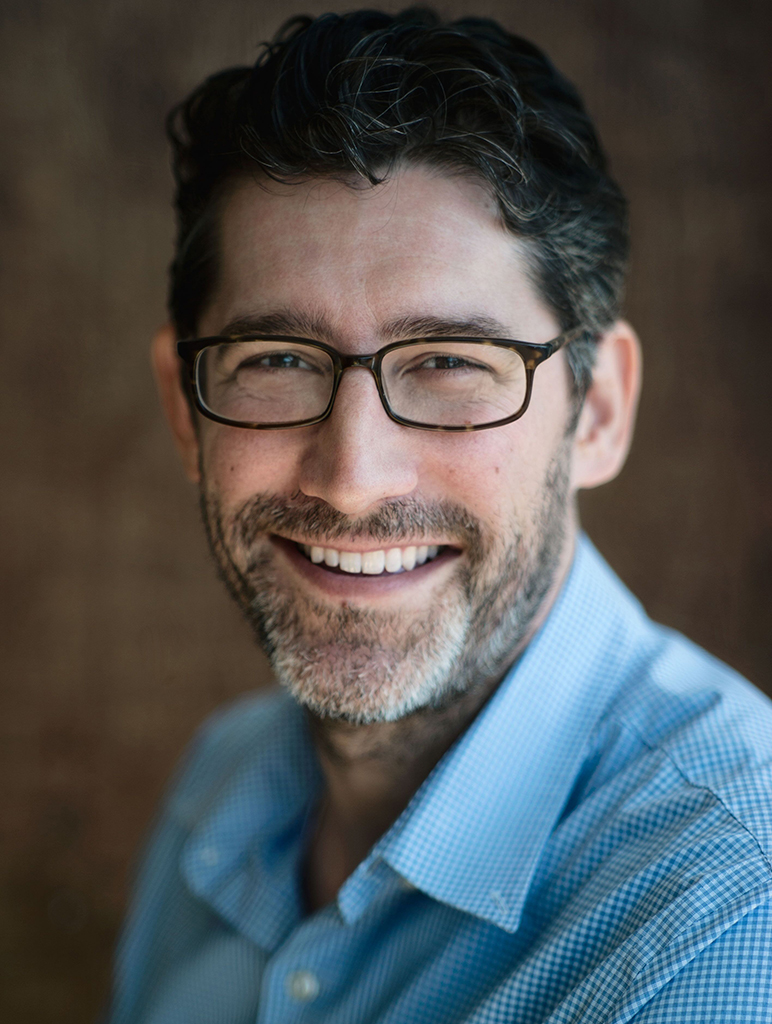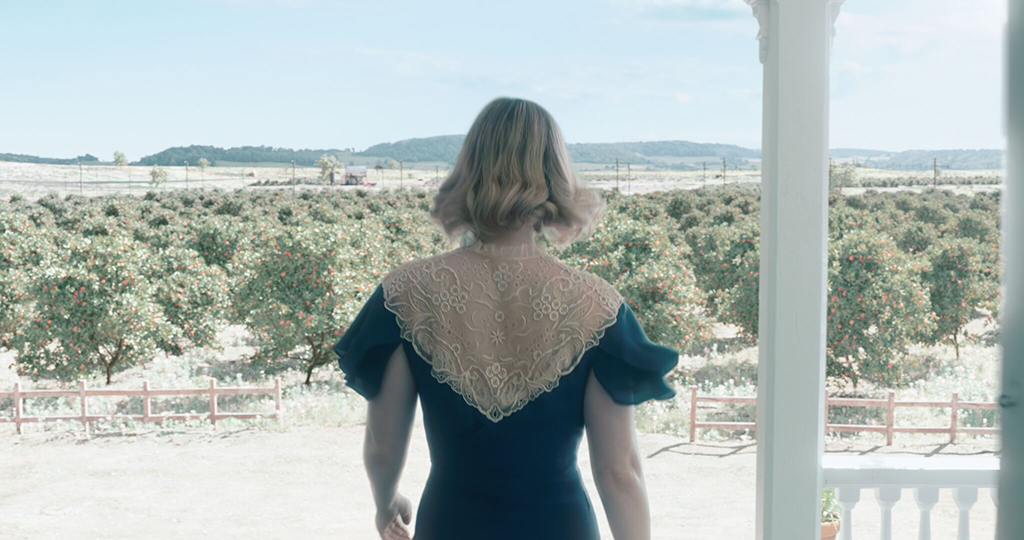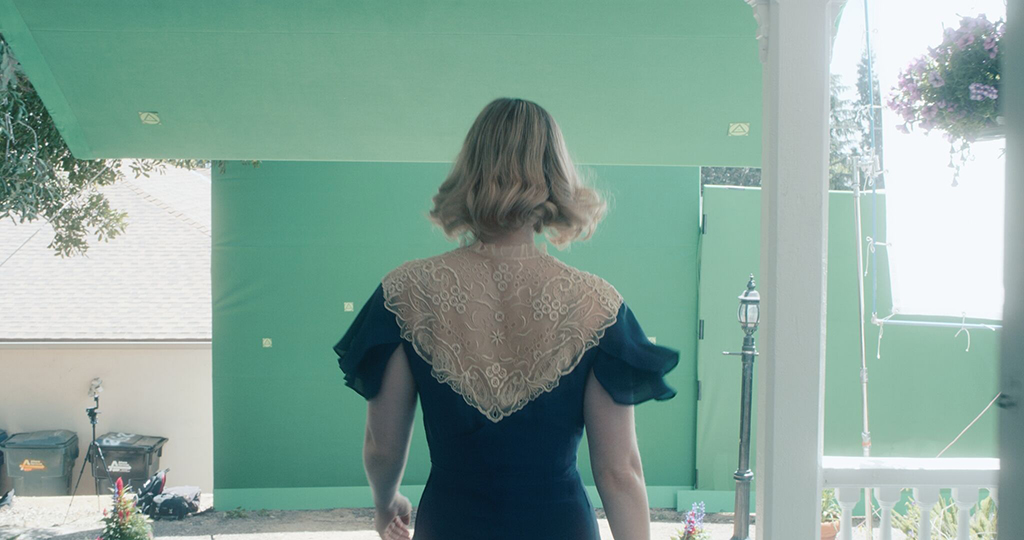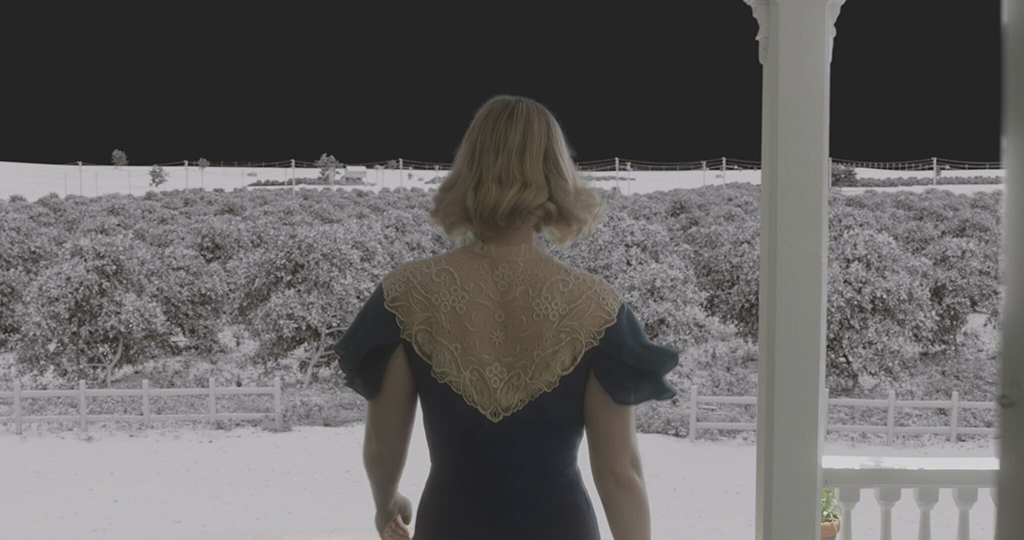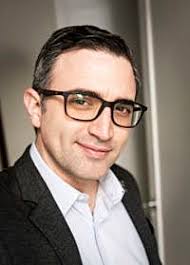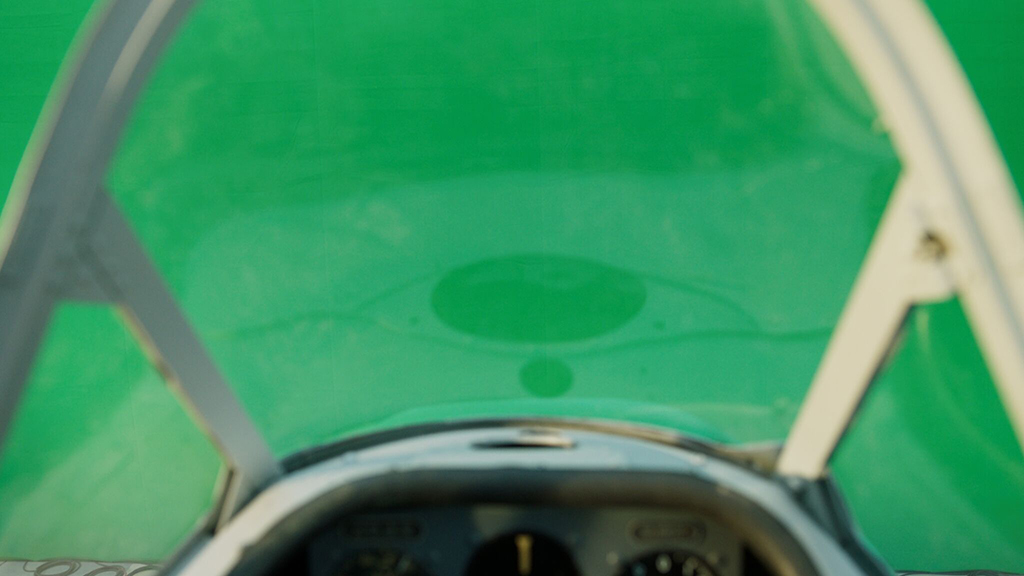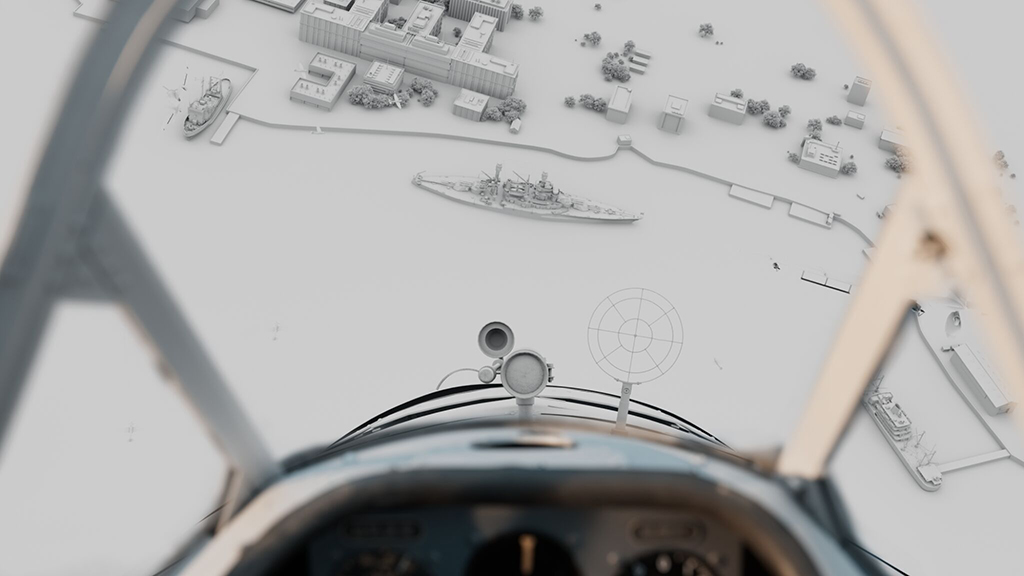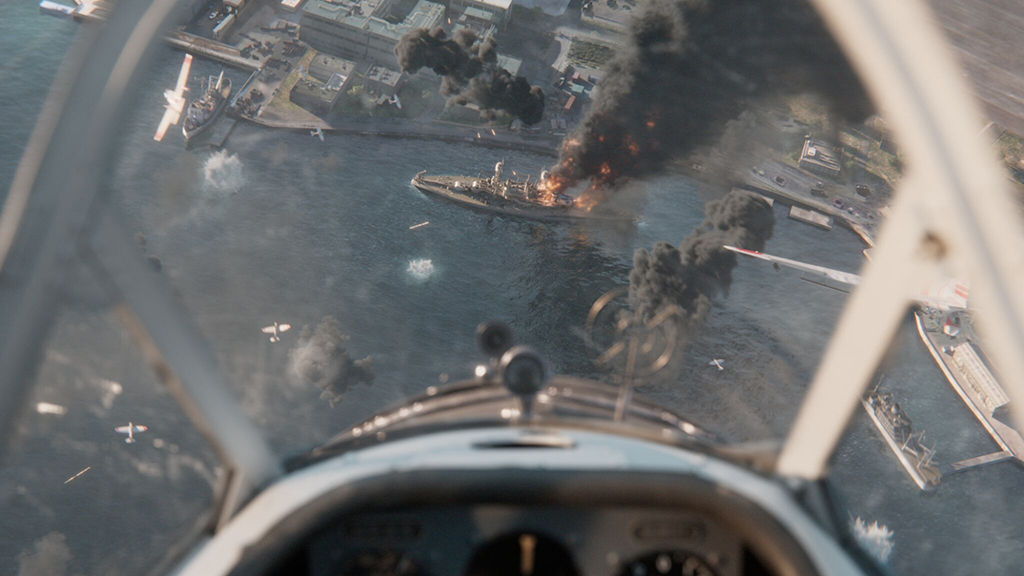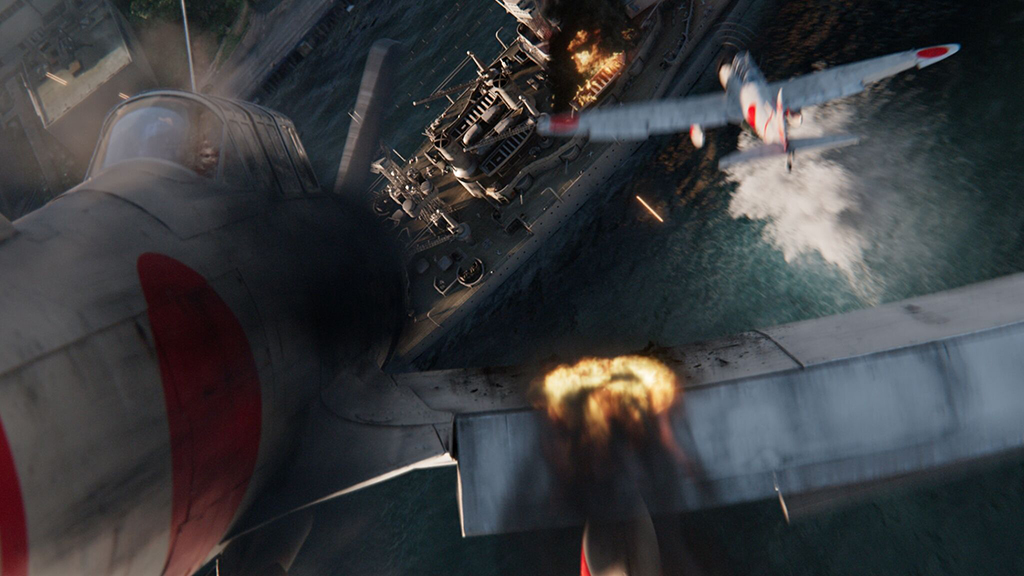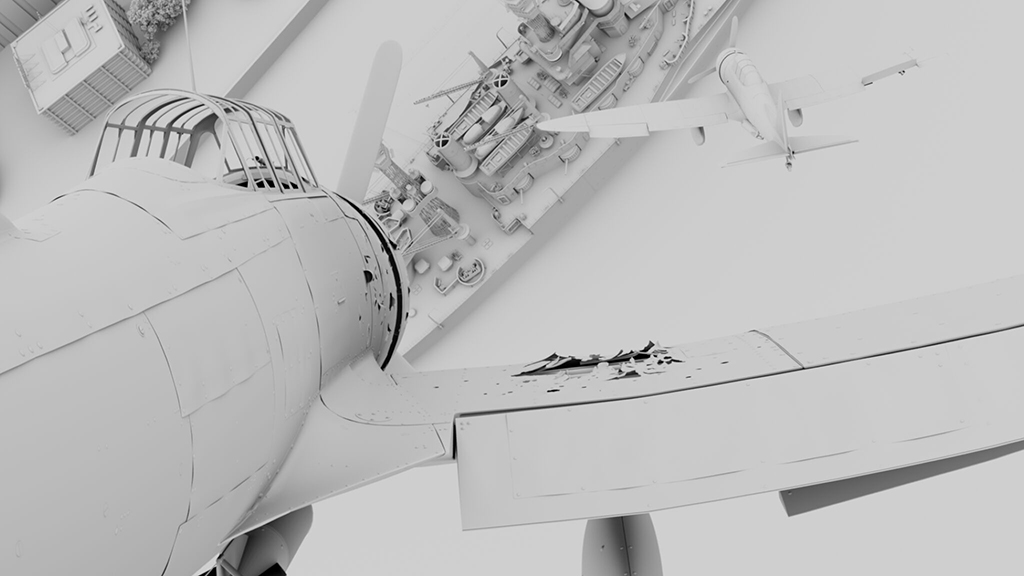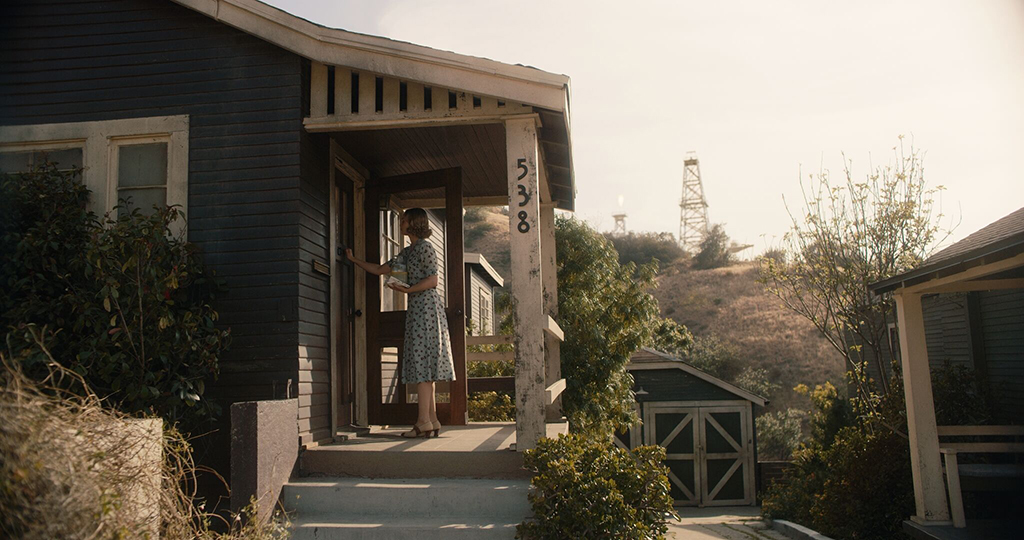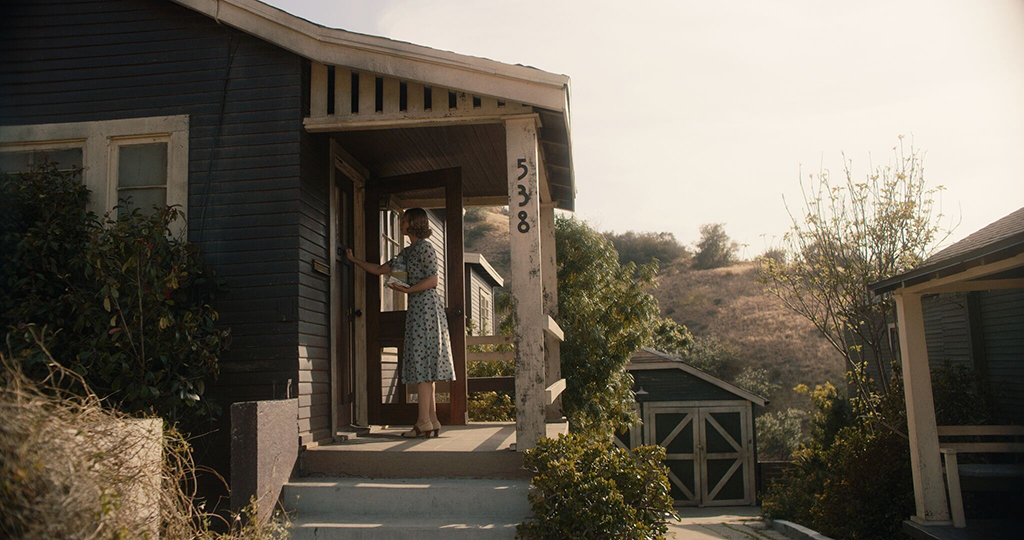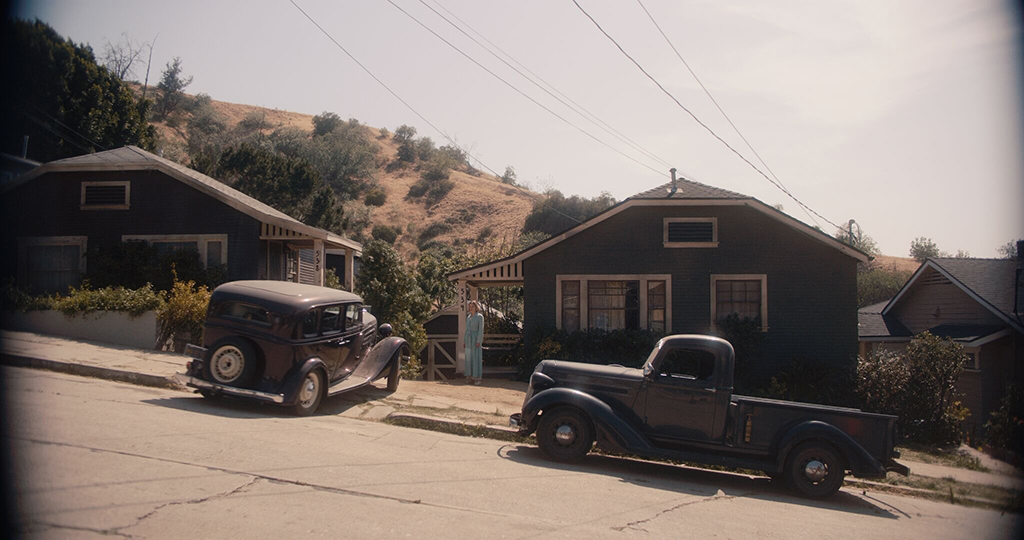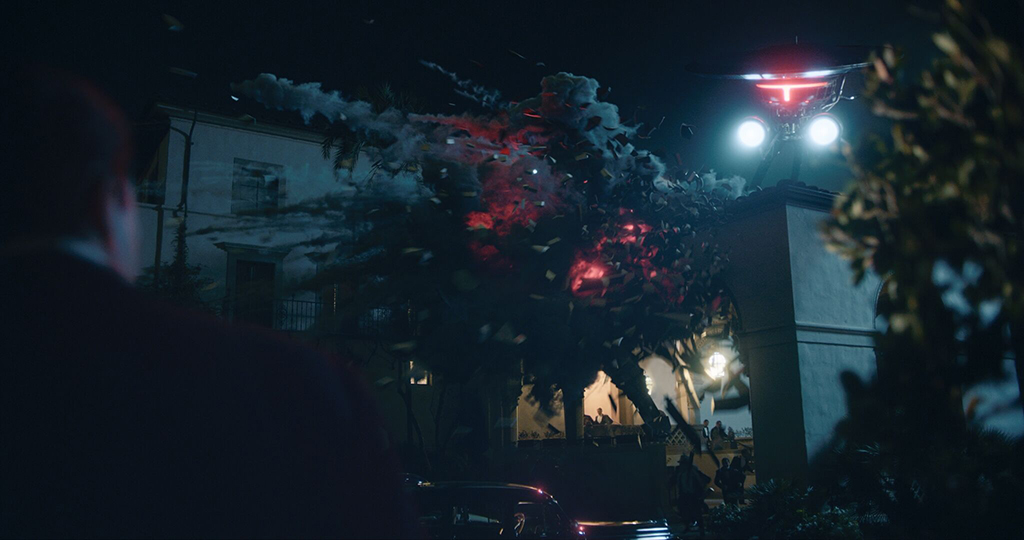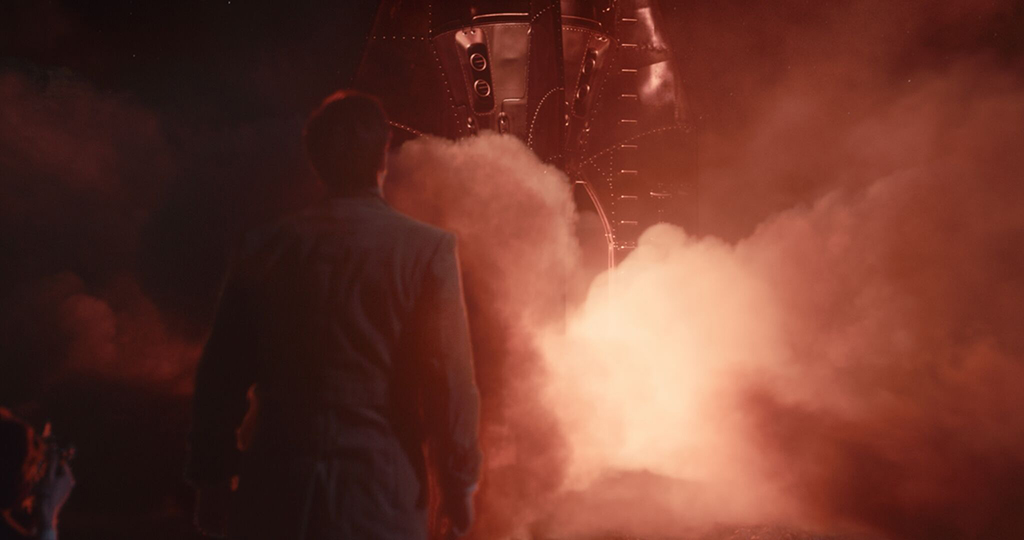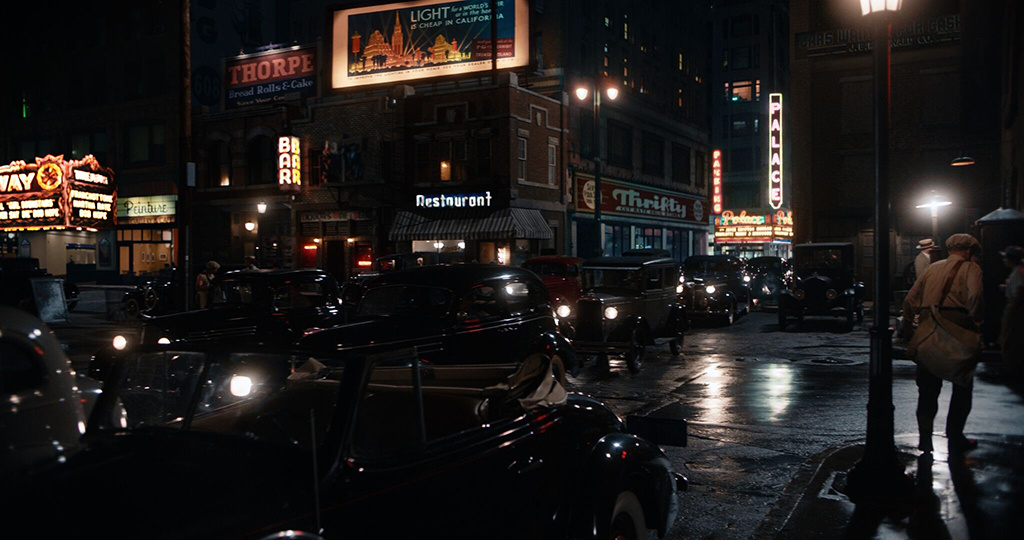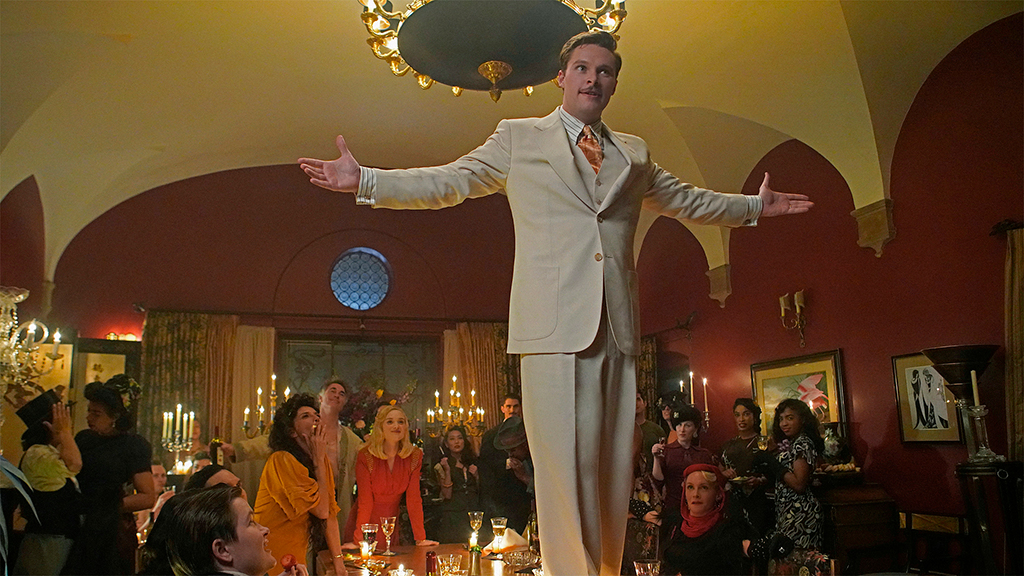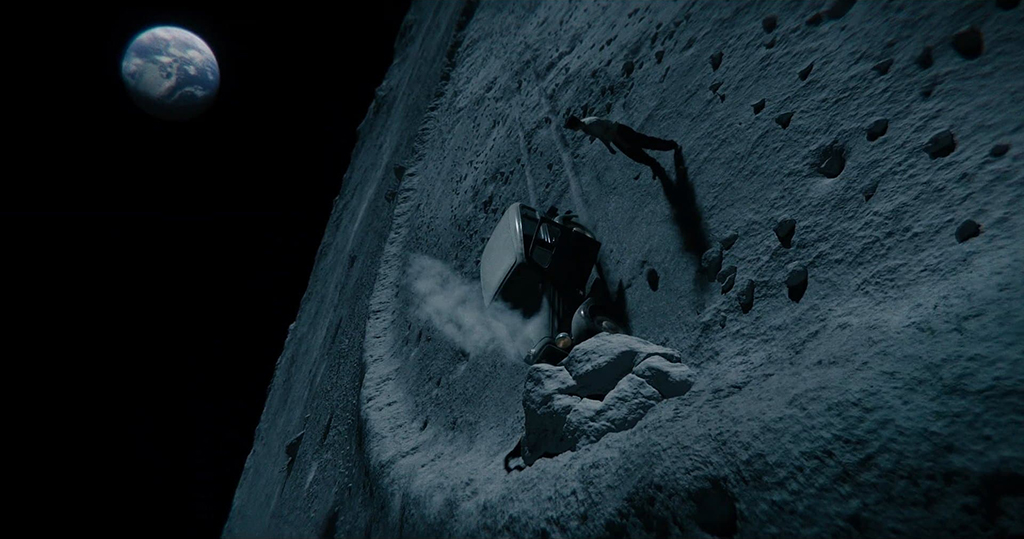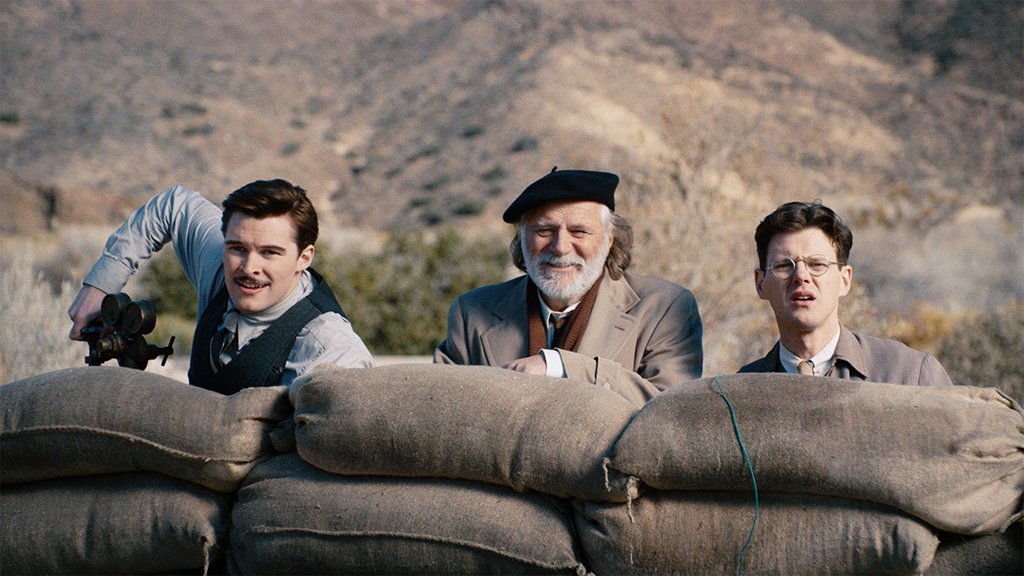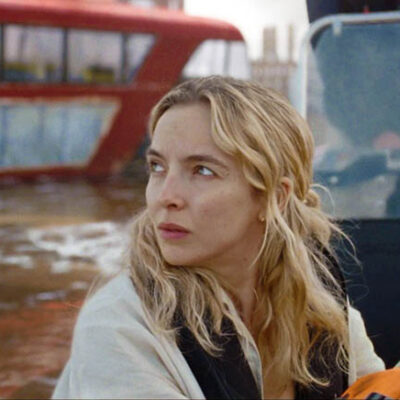By CHRIS McGOWAN
The CBS All Access series Strange Angel dramatizes the flamboyant and multifaceted life of Jack Parsons, a pioneering Pasadena rocket scientist who experimented in both science and the occult. Parsons was an expert chemist who sought to “manifest his will” through cult leader Aleister Crowley’s “sex magick” rituals. He was also a science fiction devotee who hung out with the likes of authors Ray Bradbury and Robert Heinlein, and tried to conjure spirits with L. Ron Hubbard, who ran off with Parsons’ girlfriend and money and went on to found the Church of Scientology.
Parsons (portrayed by Jack Reynor) lived for a time in a mansion on Pasadena’s stylish Orange Grove Boulevard, where he hosted the L.A. branch of Crowley (Angus Macfadyen)’s cult. The controversial rocketeer died young, at 37, in a home-laboratory explosion in 1952, but not before helping to establish rocketry as a serious science and co-founding JPL, which evolved into NASA’s renowned center for space research and the building of spacecraft.
To properly give justice to Parson’s outsized imagination and lifestyle – and his mixing of science and the supernatural – Barnstorm VFX had to provide visual effects that evoked 1930s and ’40s Caltech and Los Angeles, as well as the multiple realities in Parsons’ life.


